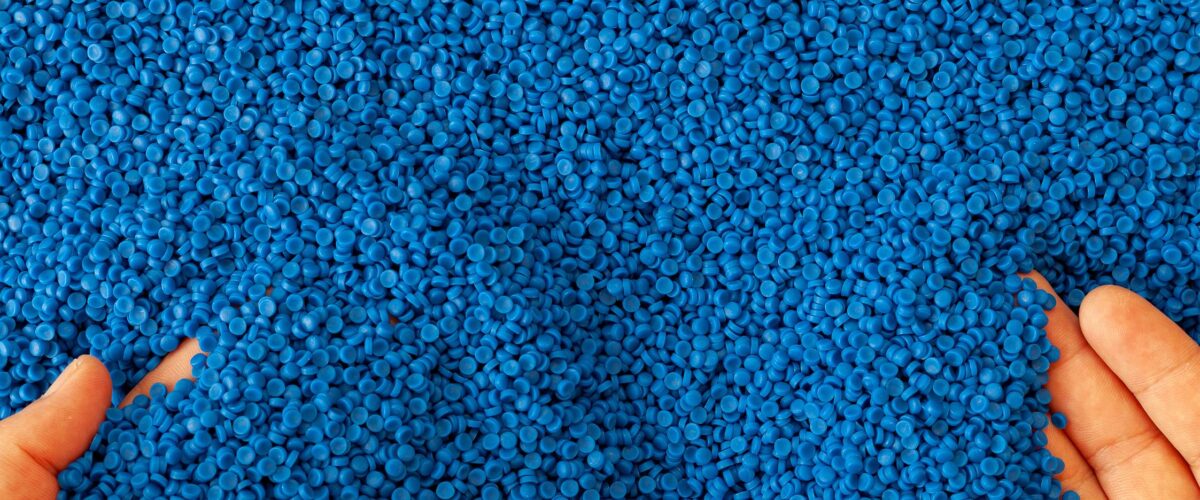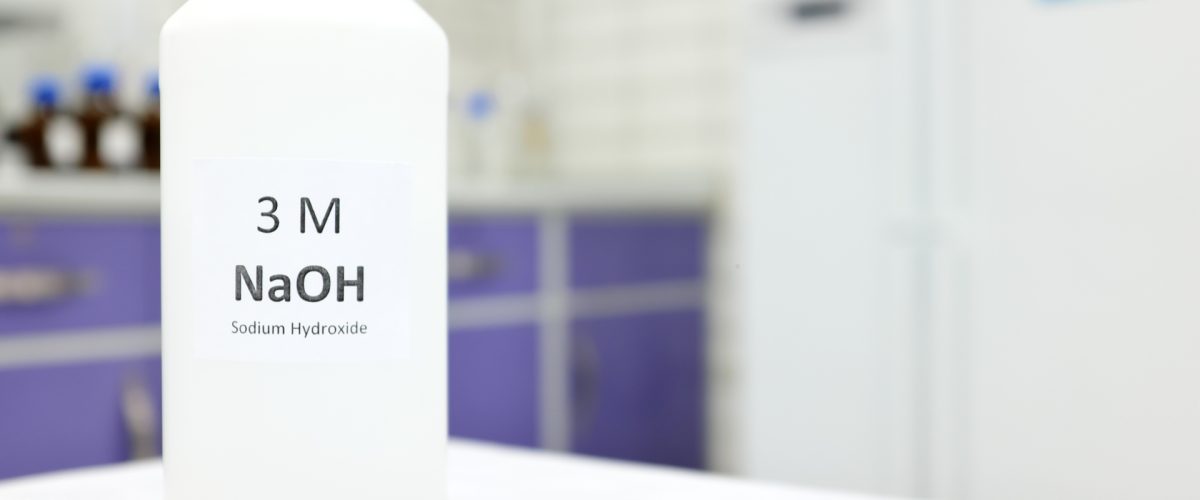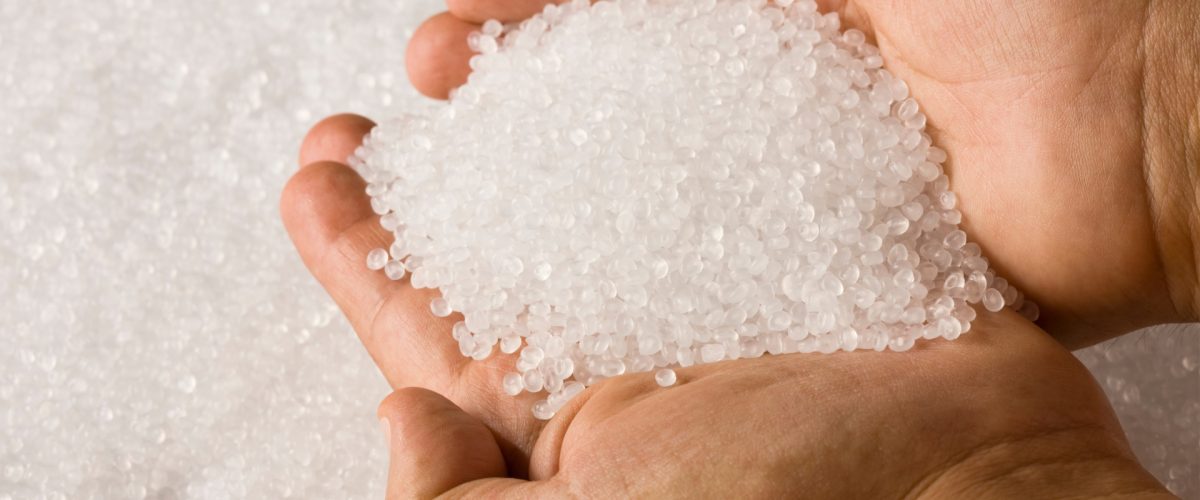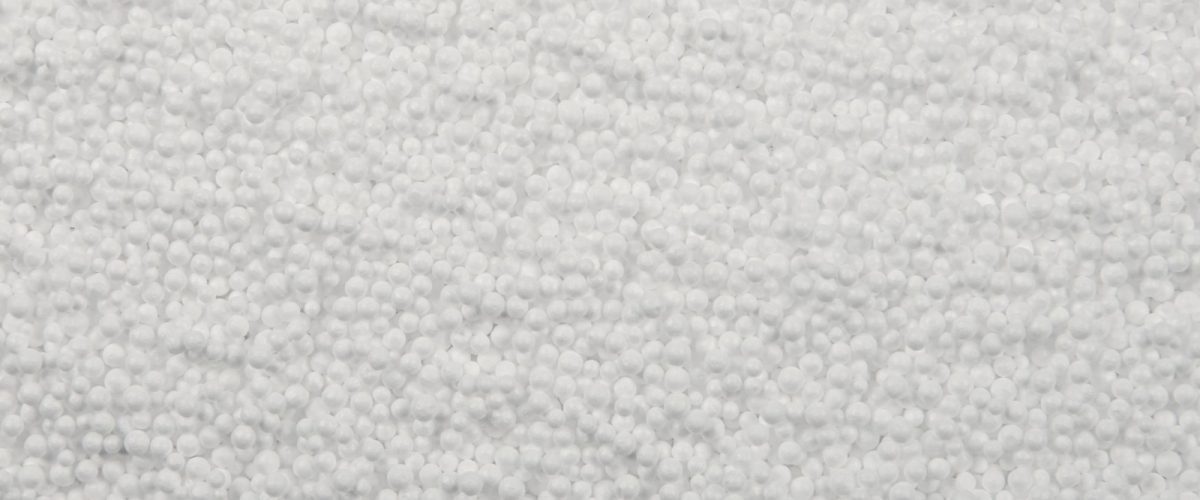Innovation plays a vital role in the evolution and advancement of various industries. In recent years, the expandable polystyrene (EPS) industry has witnessed significant innovations in its applications. EPS, a lightweight and versatile material, has found numerous uses across diverse sectors, ranging from construction to packaging. This essay explores the innovative applications of EPS and AvavinPetro role as a reliable supplier in this dynamic industry.
I. Overview of Expandable Polystyrene (EPS):
Expandable polystyrene is a rigid and cellular plastic material derived from petroleum-based polystyrene beads. It is manufactured by expanding these beads through the addition of a blowing agent. The resulting expanded beads possess excellent insulating properties, durability, and versatility, making EPS a preferred choice for various applications.
II. Innovations in EPS Applications:
• Construction Industry: EPS has gained immense popularity in the construction sector due to its exceptional insulation properties. Innovations in EPS technology have led to the development of EPS panels, blocks, and insulation boards that provide effective thermal insulation, reducing energy consumption in buildings. Moreover, EPS has proven to be a sustainable alternative to traditional construction materials, as it is recyclable and has a minimal environmental impact.
• Packaging and Shipping: EPS packaging solutions have undergone significant advancements in recent years. The versatility of EPS allows it to be molded into custom shapes, providing optimal protection for fragile items during transportation. The ability to create intricate designs and lightweight structures has made EPS a preferred choice for packaging applications, ensuring product safety and reducing shipping costs.
• Automotive Industry: EPS has found innovative applications in the automotive sector, primarily for its lightweight and energy-absorbing properties. EPS is widely used in manufacturing vehicle components such as bumpers, headrests, and interior trim. These components enhance passenger safety by efficiently absorbing impact energy during collisions. Furthermore, EPS helps reduce vehicle weight, leading to improved fuel efficiency and reduced emissions.
• Marine and Floating Structures: EPS has emerged as a key material for marine and floating structures, including docks, pontoons, and floating homes. Its buoyancy and resistance to water degradation make EPS an ideal choice for such applications. Innovations in EPS manufacturing have led to the development of high-density EPS materials capable of withstanding harsh marine environments while offering long-term durability.
III. AVAVINPETRO:
A RELIABLE SUPPLIER OF EPS: AVAVINPETRO STANDS OUT AS A TRUSTED SUPPLIER IN THE EPS INDUSTRY. WITH A COMMITMENT TO QUALITY AND CUSTOMER SATISFACTION, AVAVINPETRO ENSURES THE AVAILABILITY OF A WIDE RANGE OF EPS PRODUCTS SUITABLE FOR DIVERSE APPLICATIONS. THEIR STATE-OF-THE-ART MANUFACTURING FACILITIES AND ADHERENCE TO STRICT QUALITY CONTROL MEASURES GUARANTEE CONSISTENT AND RELIABLE EPS SUPPLIES.
AVAVINPETRO’S COMMITMENT TO SUSTAINABILITY IS ANOTHER KEY FACTOR THAT SETS THEM APART. BY PRIORITIZING ECO-FRIENDLY PRODUCTION METHODS AND PROMOTING EPS RECYCLING INITIATIVES, AVAVINPETRO CONTRIBUTES TO REDUCING ENVIRONMENTAL IMPACT. THIS DEDICATION TO SUSTAINABILITY ALIGNS WITH THE GROWING DEMAND FOR ECO-CONSCIOUS SOLUTIONS IN THE MARKET.
CONCLUSION: INNOVATIONS IN EXPANDABLE POLYSTYRENE APPLICATIONS HAVE REVOLUTIONIZED INDUSTRIES SUCH AS CONSTRUCTION, PACKAGING, AUTOMOTIVE, AND MARINE. EPS OFFERS AN ARRAY OF BENEFITS, INCLUDING INSULATION, LIGHTWEIGHT DESIGN, ENERGY ABSORPTION, AND BUOYANCY. AVAVINPETRO, AS A RELIABLE SUPPLIER, PLAYS A CRUCIAL ROLE IN MEETING THE INCREASING DEMAND FOR EPS. THROUGH THEIR COMMITMENT TO QUALITY, SUSTAINABILITY, AND CUSTOMER SATISFACTION, AVAVINPETRO SOLIDIFIES ITS POSITION AS A TRUSTED PARTNER IN THE EPS INDUSTRY, SUPPORTING INNOVATIVE APPLICATIONS AND DRIVING PROGRESS IN VARIOUS SECTORS.









